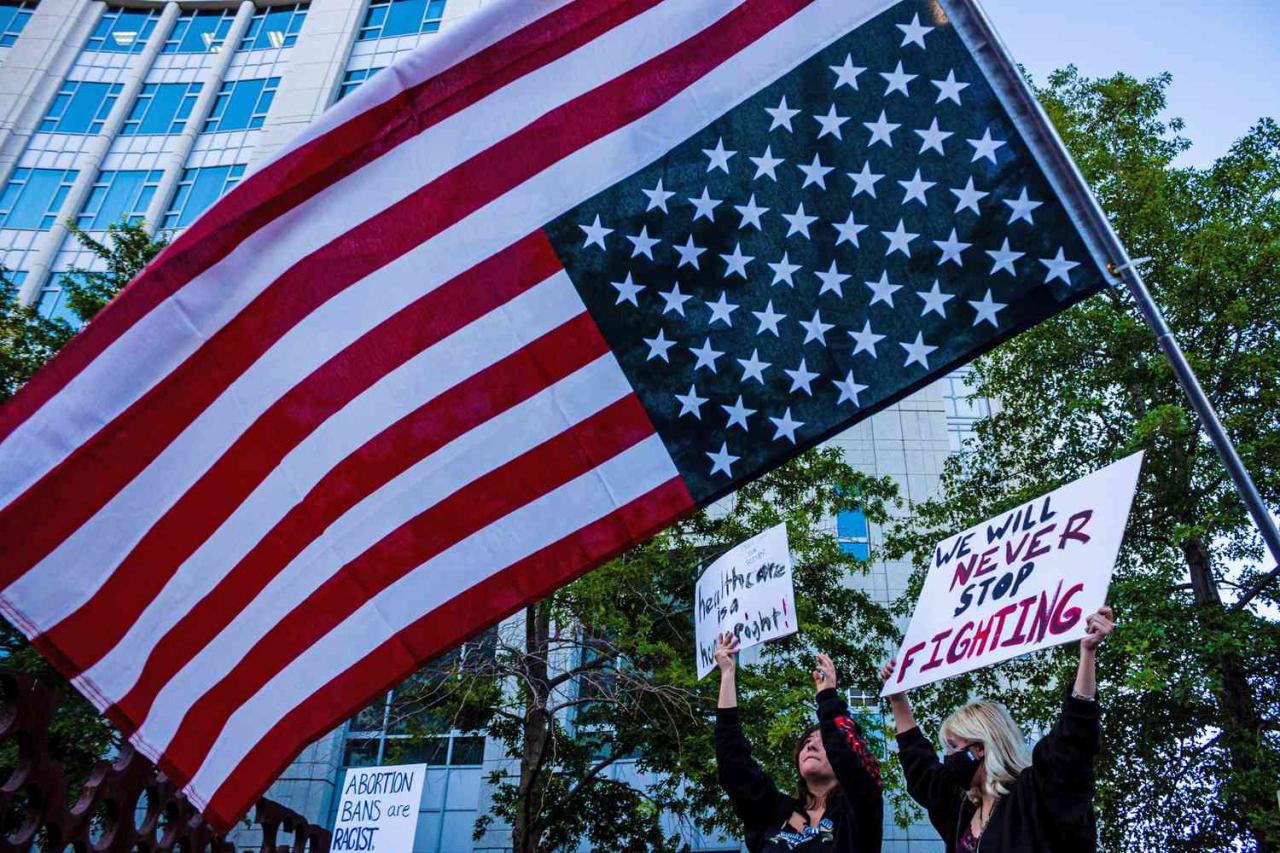
The American Flag: A Symbol of Pride, Patriotism, and Distress
The American flag, with its vibrant red, white, and blue stripes and 50 stars representing each state, is a cherished symbol of the United States and its values. However, the flag’s significance extends beyond its familiar upright position; when flown upside down, it takes on a completely different meaning, signaling distress or danger.
The Origins of the Upside-Down Flag Signal
The practice of flying a flag upside down to indicate distress has a long history, dating back to the days of maritime signaling. In the 18th century, British Admiral Sir John Jervis established a set of naval codes that included the use of the Union Jack, the British flag, flown upside down to signal extreme distress.
This practice was later adopted by the United States Navy, and in 1897, the American flag officially became the distress signal for both the Navy and the Army. The reasoning behind this was simple: an upside-down flag would be easily distinguishable from a flag flown correctly, even from a distance.
Flying the Flag Upside Down: A Sign of Distress
According to the U.S. Flag Code, Title 4, Chapter 1, Section 8(a), "The flag should never be displayed upside down except as a signal of dire distress in instances of extreme danger to life or property."
When flown upside down as a distress signal, the American flag serves as a powerful plea for help. It is a recognized symbol of distress that transcends national boundaries, understood by both civilians and military personnel worldwide.
Other Uses of the Upside-Down Flag
While the primary purpose of flying the American flag upside down is to indicate distress, there have been some instances where it has been used for other purposes.
-
Political Protest: In recent years, some individuals and groups have flown the American flag upside down as a form of political protest. They may be protesting government policies or expressing their dissatisfaction with the state of the nation.
-
Artistic Expression: In some cases, artists have used the upside-down flag as a form of artistic expression. They may be exploring themes of patriotism, dissent, or the complexities of American identity.
However, it is important to note that flying the American flag upside down for non-distress purposes is generally considered disrespectful and may be perceived as an act of desecration.
Proper Display of the American Flag
The American flag is a revered symbol, and there are specific guidelines for its proper display. When flown correctly, the flag should always be hoisted with the blue field of stars at the top left corner.
-
Incorrect Display: If a flag is inadvertently flown upside down, it should be immediately corrected. This is not only a matter of protocol but also a sign of respect for the flag and what it represents.
-
Damaged Flag: If a flag becomes damaged, it should be disposed of properly. The preferred method is to burn the flag in a dignified manner, such as at a veterans’ organization or a patriotic ceremony.
FAQ on the Upside-Down American Flag
Q: When should the American flag be flown upside down?
A: The American flag should only be flown upside down as a signal of distress when there is extreme danger to life or property.
Q: Who established the use of the upside-down flag as a distress signal?
A: British Admiral Sir John Jervis established the practice in the 18th century.
Q: What is the purpose of flying the flag upside down as a distress signal?
A: An upside-down flag is easily distinguishable from a flag flown correctly, even from a distance.
Q: Is it appropriate to fly the American flag upside down for non-distress purposes?
A: Flying the flag upside down for non-distress purposes is generally considered disrespectful and may be perceived as an act of desecration.
Q: What is the proper way to dispose of a damaged American flag?
A: The preferred method is to burn the flag in a dignified manner, such as at a veterans’ organization or a patriotic ceremony.
Conclusion
The American flag is a powerful symbol of national pride, unity, and sacrifice. When flown upside down, it takes on a different but equally important meaning, serving as a distress signal recognized around the world. It is crucial to respect the flag and its proper usage, especially when flying it upside down to convey a message of imminent danger. By understanding the significance of the upside-down flag, we can ensure that its message of distress is heard and acted upon when needed most.





